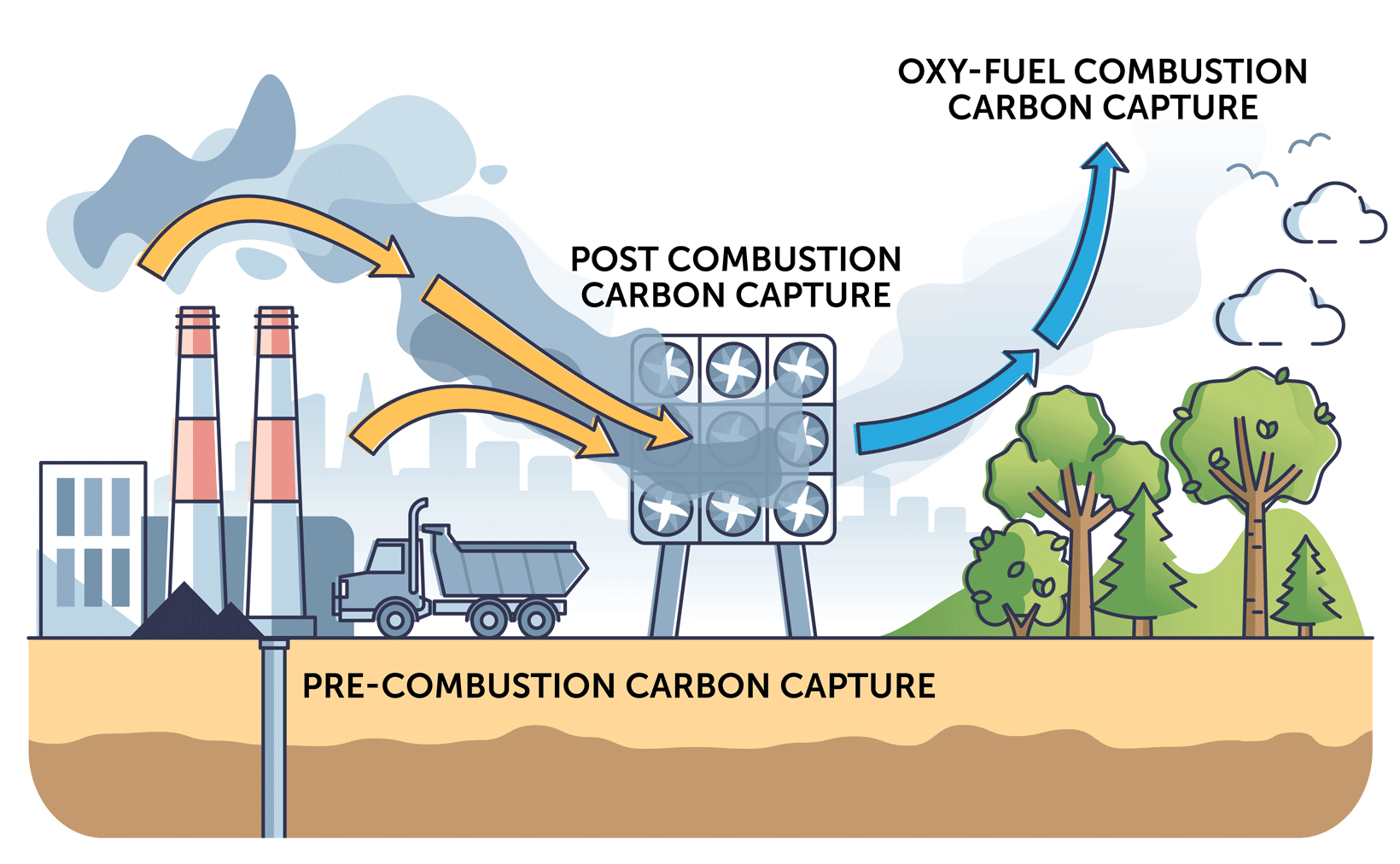Climate change has emerged as one of the most critical challenges of the 21st century. As the world warms, sea levels rise, and extreme weather events intensify, solutions are urgently sought. One of the most controversial proposals that has gained attention in recent years is climate engineering, also known as geoengineering. But, is it a potential solution to mitigate climate change, or is it a risky experiment that could have unforeseen consequences?
This article will explore the potential of climate engineering technologies, such as carbon capture and solar radiation management, while examining the risks, ethical concerns, and unintended consequences that could accompany these solutions.
1. Understanding Climate Engineering
Climate engineering refers to deliberate, large-scale interventions in Earth’s natural systems to counteract climate change. There are two primary categories:
- Carbon Dioxide Removal (CDR): Techniques designed to remove CO₂ from the atmosphere.
- Solar Radiation Management (SRM): Methods intended to reflect sunlight away from Earth to cool the planet.
Both categories hold promise, but they also come with significant challenges. Before diving into the specifics of each approach, it’s important to note that climate engineering is viewed by many as a last resort, to be used only if other mitigation efforts (such as reducing emissions) fail or are insufficient.
2. Carbon Dioxide Removal: The Key to Long-Term Climate Stability?
One of the most widely discussed climate engineering techniques is carbon capture. Human activities, especially the burning of fossil fuels, have resulted in the accumulation of excess CO₂ in the atmosphere, significantly contributing to global warming. The idea behind carbon dioxide removal is to actively extract CO₂ from the atmosphere and store it in a way that prevents it from further warming the planet.
a. Direct Air Capture (DAC)
Direct air capture involves the use of large machines that suck CO₂ from the air and store it underground or convert it into useful products. While the technology is still developing, it holds the potential to extract massive amounts of CO₂.
Pros:
- Could theoretically neutralize CO₂ emissions from hard-to-decarbonize sectors (e.g., aviation, cement).
- Allows for “negative emissions,” potentially reducing the CO₂ concentration below pre-industrial levels.
Cons:
- Expensive—currently, direct air capture requires a lot of energy and resources, making it costly to scale up.
- Storage risks: Long-term storage of captured CO₂ is unproven, and leaks could occur from underground storage sites.
b. Afforestation and Reforestation

Another method of carbon removal is through planting trees. Forests act as carbon sinks, absorbing CO₂ from the atmosphere and storing it in biomass. Reforestation and afforestation (planting trees in areas that were not previously forested) could theoretically reduce the amount of CO₂ in the atmosphere.
Pros:
- Relatively inexpensive compared to other methods of carbon capture.
- Increases biodiversity, provides wildlife habitat, and helps maintain water cycles.
Cons:
- Land availability: Planting vast forests requires large amounts of land, which could conflict with agricultural needs.
- Long-term storage: Carbon storage in trees is not permanent; trees die and release the captured CO₂ back into the atmosphere over time.
3. Solar Radiation Management: Cooling the Planet
Solar radiation management (SRM) involves reflecting a small percentage of sunlight away from Earth to cool the planet. The idea is to mimic the natural cooling effects of volcanic eruptions, which send aerosols into the atmosphere and lower global temperatures.
a. Stratospheric Aerosol Injection
This technique involves injecting reflective particles, such as sulfur dioxide, into the stratosphere, where they would form a reflective cloud. This would theoretically reduce the amount of sunlight reaching Earth’s surface, helping to cool the planet.
Pros:
- Potentially fast and cost-effective compared to other climate interventions.
- Could lower global temperatures by several degrees if implemented on a large scale.
Cons:
- Unpredictable consequences: The effect of large-scale aerosol injection is uncertain. It could disrupt weather patterns, lead to regional droughts, or harm ecosystems.
- Doesn’t address the root cause: SRM doesn’t remove CO₂ from the atmosphere, so it doesn’t tackle ocean acidification or other problems caused by greenhouse gases.
b. Cloud Brightening
Cloud brightening involves spraying sea water into clouds to increase their reflectivity, or albedo. Brighter clouds would reflect more sunlight, leading to cooling.
Pros:
- Potentially reversible and geographically targeted.
- Relatively low-cost compared to other geoengineering methods.
Cons:
- Regional impacts: The effects of cloud brightening might be more localized, and it could change precipitation patterns, causing droughts or flooding in certain areas.
- Effectiveness is still uncertain: The impact on global temperatures would likely be less significant than other SRM methods.
4. Potential Benefits: Could Climate Engineering Save Us?
If successful, climate engineering could offer significant benefits. Some of the most promising aspects include:
a. Scalability
Many of the technologies, particularly carbon removal techniques, could be scaled up to address the global scale of climate change. While current technologies may be expensive, costs could decrease as innovations emerge.
b. Time-Sensitive
Climate engineering offers a potential fast-acting solution. If emissions reductions alone are not enough to stabilize global temperatures, geoengineering could help buy time while more sustainable solutions are developed.
c. Backup Plan for Extreme Scenarios
In the worst-case scenario, where tipping points in the climate system are triggered (e.g., the melting of the Arctic permafrost), climate engineering might act as a “Plan B” to prevent catastrophic global warming.
5. The Risks: Is It Playing God?
Despite its potential, the risks associated with climate engineering are significant. Here are some of the concerns:

a. Unintended Consequences
Geoengineering is a massive experiment, and we have little understanding of how it might affect the planet’s complex systems. Even small interventions could have global repercussions. For instance, aerosol injection could reduce rainfall in certain regions, threatening food security in vulnerable areas.
b. Ethical and Governance Issues
Who decides whether or not to deploy climate engineering technologies? Who is responsible if something goes wrong? The global governance of geoengineering is still unclear, and there are fears that certain nations or entities might unilaterally deploy these technologies, potentially leading to geopolitical conflicts.
c. Moral Hazard
There is a concern that the development of climate engineering technologies might reduce the urgency to address the root causes of climate change, such as the reduction of greenhouse gas emissions. If the world believes we can rely on geoengineering to fix the problem, it could undermine efforts to transition to renewable energy and sustainable lifestyles.
d. Environmental Impact
Some geoengineering methods, particularly SRM, could cause disruptions to ecosystems. For example, changes in temperature and rainfall patterns could affect biodiversity, agriculture, and water resources in unpredictable ways. Moreover, the long-term effects of these interventions are poorly understood, and the risks could far outweigh the rewards.
6. The Future of Climate Engineering: A Balanced Approach?
While climate engineering presents exciting possibilities, it also introduces a host of challenges. Experts agree that geoengineering should not be seen as a replacement for reducing greenhouse gas emissions. Instead, it should be considered as a supplementary tool in a broader climate strategy, which includes reducing emissions, adapting to climate impacts, and conserving ecosystems.
Ongoing research and international cooperation are critical to understanding the potential risks and benefits of climate engineering. Transparency, regulation, and public engagement will be key to ensuring that any future deployment is done responsibly and ethically.
Conclusion: A Double-Edged Sword
Climate engineering presents a paradox. On one hand, it could provide much-needed solutions to mitigate the worst effects of climate change. On the other hand, it poses significant risks, both in terms of unintended environmental consequences and ethical dilemmas. While these technologies hold promise, they should be approached with caution.
We must remember that geoengineering is not a panacea. The ultimate solution to climate change lies in reducing our emissions, transitioning to renewable energy, and fostering a global commitment to sustainability. Until then, we must explore climate engineering carefully, keeping a close eye on its potential and its perils.











































